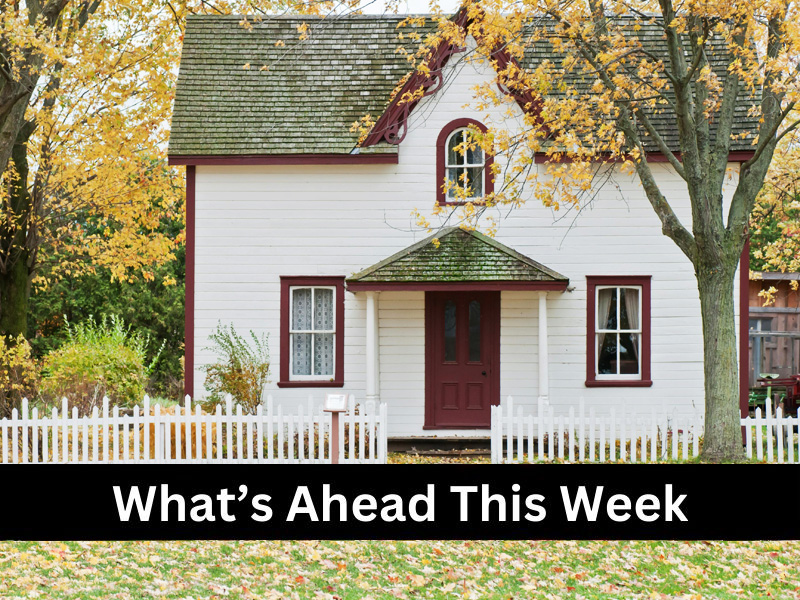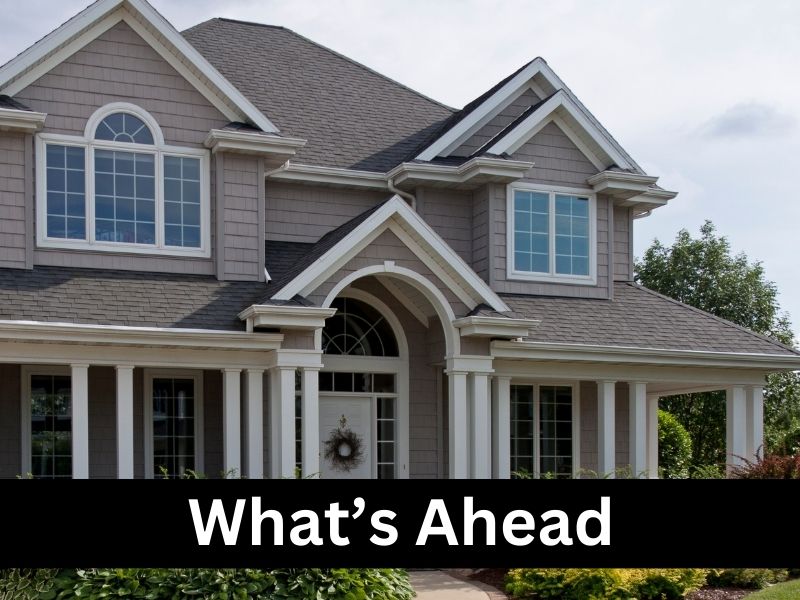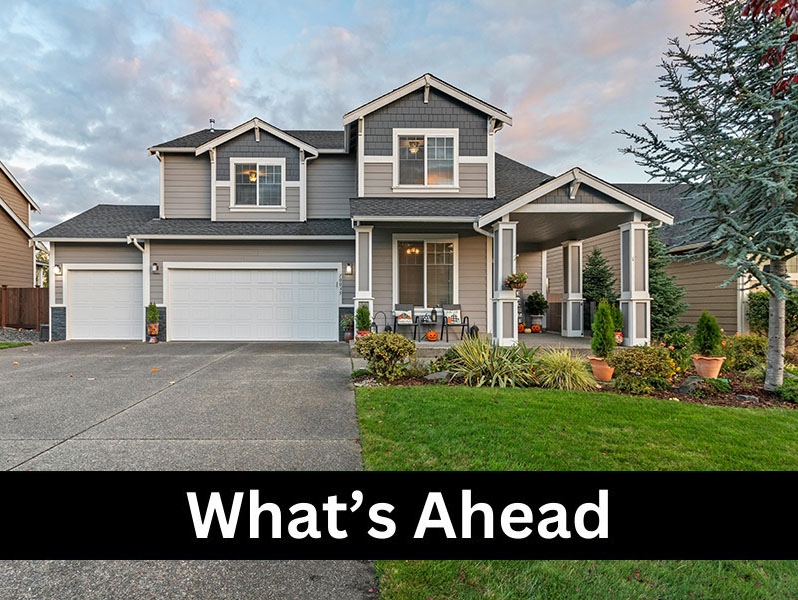
Due to the government shutdown, nearly all reports will be delayed aside from a few third party reports. The Consumer Sentiment report has been released on time and shows that consumers are still frustrated with the economy and increasingly high inflation. It is unknown when the government shutdown will end and when we will be seeing reports released again in a timely fashion. Interest rates will still be continued to be adjusted amidst the government shutdown.
Consumer Sentiment
Americans have soured on the prospect of finding new jobs, a new survey shows. They are also still frustrated by persistent inflation, giving them little confidence that the economy will improve soon. The first reading of the consumer sentiment survey in October was basically flat at 55.0, the University of Michigan said Friday. The index has been hovering at levels that are typically experienced during recessions.
Primary Mortgage Market Survey Index
• 15-Yr FRM rates saw a decrease of -0.02% for this week, with the current rate at 5.53%
• 30-Yr FRM rates saw a decrease of -0.04% for this week, with the current rate at 6.30%
MND Rate Index
• 30-Yr FHA rates saw no change for this week. Current rates at 6.03%
• 30-Yr VA rates saw a decrease of -0.01% for this week. Current rates at 6.04%
Jobless Claims
Initial Claims were reported to be delayed until further notice.
What’s Ahead
The CPI and PPI — key inflation reports — are tentatively scheduled to be released.







